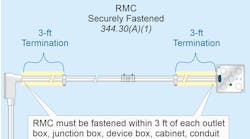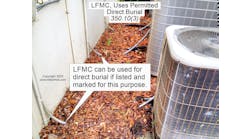Q. What is the Code requirement for supplementary overcurrent protection?
Find the Answer
A. Supplementary overcurrent devices must not be used as the required branch circuit overcurrent device [240.10]. A supplementary overcurrent device isn’t required to be readily accessible [240.24(A)(2)].
Article 100 defines a “Supplementary Overcurrent Device” as a device intended to provide limited overcurrent protection for specific applications and utilization equipment. This limited protection is in addition to the protection provided in the required branch circuit by the branch circuit overcurrent device.



